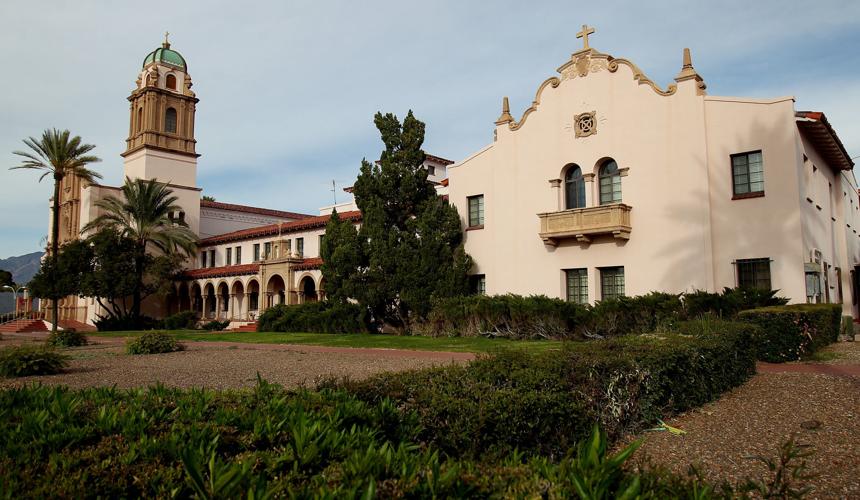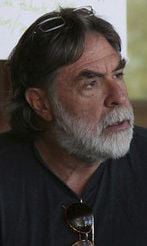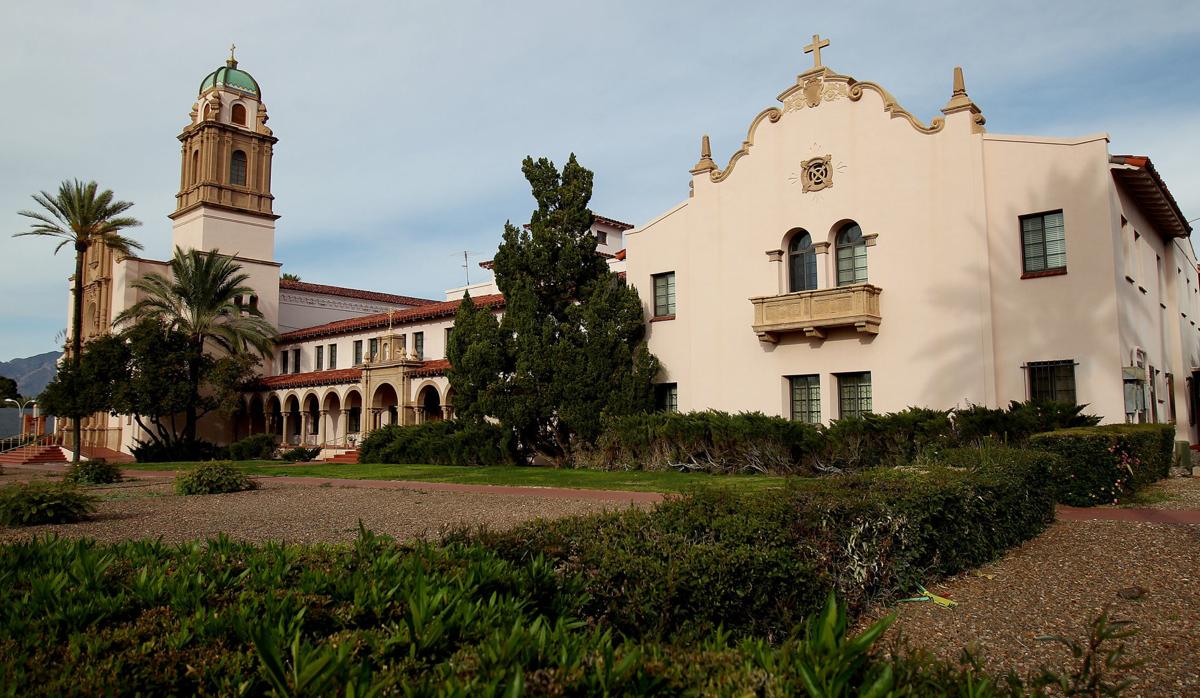I am 71 years old and a partner at Poster Frost Mirto, Tucson’s leading architectural historic preservation firm. Our preservation work includes the Historic Train Depot, University of Arizona’s Old Main, Madden Media, Fort Lowell Park, Dunbar School, Tucson High School and Marist College. At my age, I have a preservation bucket list and the Benedictine Monastery tops it.
But the project is mired in misinformation, politics and a fundamental misunderstanding of historic preservation.
The Benedictine Monastery was built in 1940 by famed architect, Roy Place. In 2017, after 75 years of occupancy, it was sold to local developer Ross Rulney. I reached out to Ross and offered our expertise and he accepted.
Ross planned to rehabilitate the monastery and build student housing, but after meetings with neighbors and city officials, we together decided to rezone for higher-end market rate housing.
On March 28, we presented our concept to neighbors. We proposed exciting possible uses for the monastery not allowed under the current zoning (a wellness spa, a performance venue, a boutique hotel, a restaurant, a corporate headquarters, etc.) and 276 high-end apartments.
Some neighbors were supportive, others concerned about the height. One young man said his generation can’t afford a house in these neighborhoods, but the proposed apartments would make it affordable and added that increased density helps reduce costly sprawl. The next day I got this voicemail from former Ward 6 Councilmember and Sam Hughes resident Molly McKasson: “So glad you are working on the project. But it is too tall. If you could take one story off the height, it would be fine.”
We lowered the design by one story on all three buildings, but were told it wasn’t enough. by Councilman Steve Kozachik, “That doesn’t move the needle.”
On May 18, a reporter called Ross Rulney to get a quote about the council’s upcoming agenda item to initiate a Historic Landmark designation on the monastery. Ross was stunned. He had not been informed of the city’s intention.
We offered to further lower the north and south buildings by an additional story moving to 222 units — the precise number allowed by current zoning. The proposal is now 22 feet lower than the monastery on the north and south, and 43 feet lower on the east.
On May 22, the mayor and council voted to initiate the landmark process.
We can proceed together, construct 222 units, prohibit student housing and have the developer pay for the Historic Landmark designation. It will cost the city nothing, and produce property and sales tax.
Or the mayor and council can reject the new proposal, leaving Ross to build under current zoning, likely student housing. He will not sell the property; he will not demolish the monastery; and he will defend his property rights.
he publicly accessible uses we proposed for the monastery would default to office and/or student housing. The new buildings will be 40 feet tall plus a likely four-story parking garage along the east. Poster Frost Mirto would withdraw from the project; that is not work that we do. If the city extends the boundaries of the landmark to include the whole site, prohibiting any development, that would lead to several more millions of dollars in compensation, plus attorney’s fees.
Historic buildings are part of a living city, not fragile museum pieces. They need to find compatible and contemporary economically sustainable uses. And they can tolerate a changing city around them; the Old County Courthouse does fine flanked by taller buildings.
If the city of Tucson has millions of dollars to dedicate to preservation — rather than using it to expropriate the development rights of the owner of the Benedictine Monastery — the city should rehabilitate its own historic buildings, like the Performing Arts Center/All Saints Church (empty for 17 years), or Fort Lowell Commissary, (empty for three years.)
Let’s stop the expensive gamesmanship and work together, perhaps under the leadership of Tucson’s mayor and council, to develop a project that we all can enjoy and be proud of.






